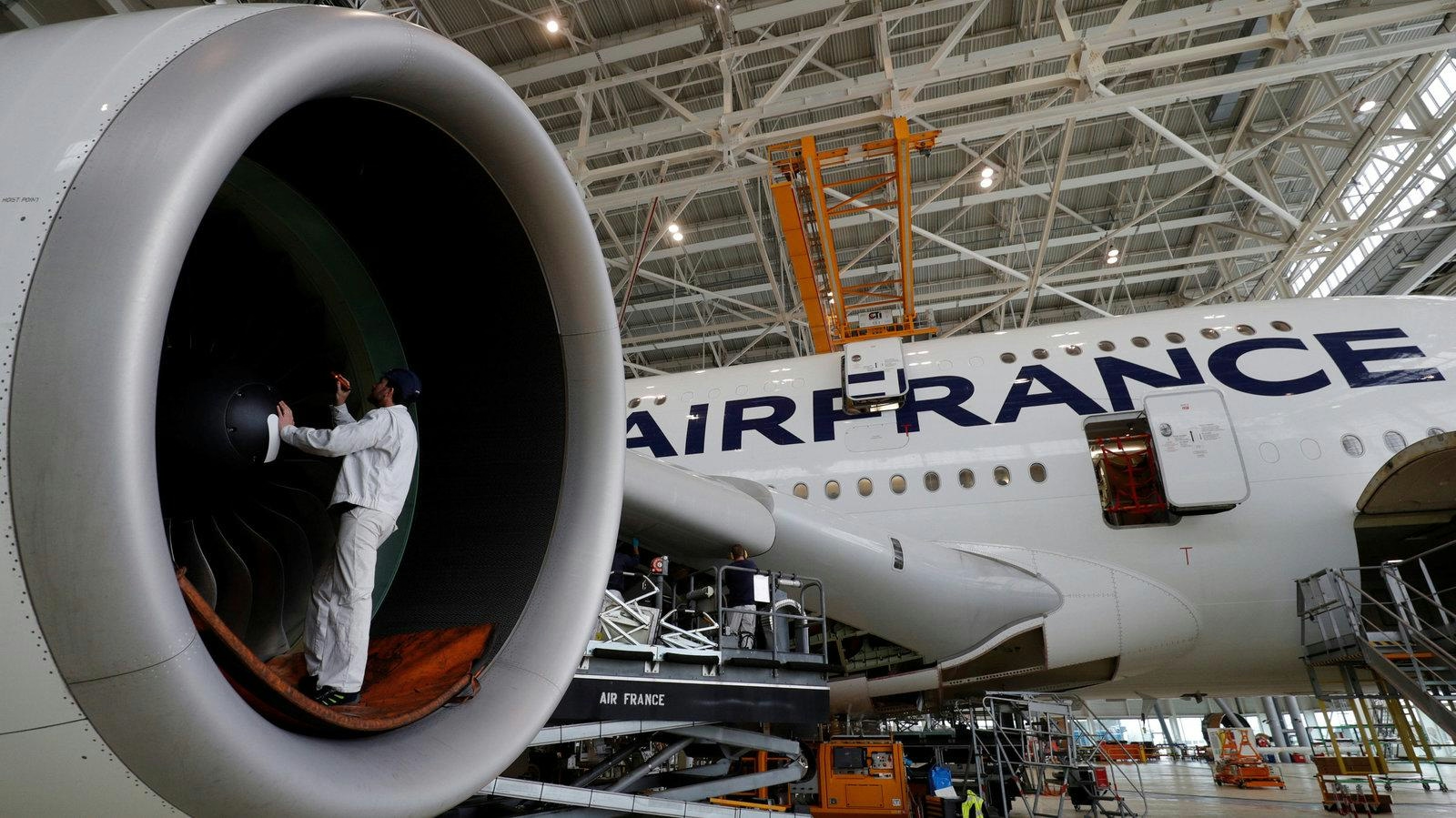
AeroGenie: Su copiloto inteligente.
Tendencias
Categories
Ahmedabad Crash: Right Engine Recovered from Under Concrete Water Tank; Both Engines Removed

Ahmedabad Crash: Both Engines Recovered from Under Concrete Water Tank as Investigation Advances
Days after the Air India aircraft crashed into the B J Medical College hostel mess on June 12, authorities have successfully recovered the right engine, which had been buried beneath a concrete water tank. Over the weekend, special heavy-duty cranes with a lifting capacity of 300 tonnes were deployed to remove the reinforced concrete tank, which had been displaced by more than 20 feet during the crash. This operation allowed investigators to extract the right engine trapped underneath. The left engine, which was found lying on the ground nearby, was also removed and transported on the same day.
A senior government official confirmed that both engines were taken to the GUJSAIL (Gujarat State Aviation Infrastructure Company Limited) hangar located within the airport premises. The rear section of the aircraft, which had been lodged in the hostel mess building, had already been carefully extracted and moved to the same secure location.
Progress in Investigation and Debris Removal
The recovery of the engines represents a significant milestone in the ongoing investigation led by the Aircraft Accident Investigation Bureau (AAIB). The bureau has been working in close coordination with the Ahmedabad Municipal Corporation and City Police to transfer debris to a secure site at the airport. With the engines—among the largest remaining components—now relocated, officials anticipate that the removal of the remaining wreckage will be completed within the next two days.
The investigation has also been aided by the recovery of the aircraft’s black box, which includes both the flight data recorder and cockpit voice recorder. These devices are providing critical data to reconstruct the sequence of events leading up to the crash, which tragically claimed the lives of 241 passengers and crew, as well as several individuals on the ground. Experts will conduct detailed analyses of the recovered engines to evaluate their condition and performance at the time of the accident.
Technical Examination and Industry Response
The right engine’s extraction was particularly challenging due to its position beneath the massive water tank, which contained approximately 5,000 litres of reinforced cement concrete (RCC) and weighed around five tonnes. The operation, carried out on Saturday, took nearly a full day to complete. Officials awaited clearance from GE Aerospace, which is conducting a thorough examination of both engines.
Air India CEO Campbell Wilson stated last week that the aircraft had been well-maintained, with its last major inspection conducted in June 2023 and the next scheduled for December 2025. The right engine had undergone an overhaul in March 2025, while the left engine was inspected in April 2025, with no reported issues prior to the ill-fated flight.
The crash has elicited significant reactions across the aviation sector, with airlines and regulatory authorities closely monitoring the investigation’s progress. Industry competitors are expected to review and strengthen safety protocols and operational procedures in response, aiming to prevent similar tragedies. The AAIB’s ongoing analysis of the black box data and the recovered engines is anticipated to play a crucial role in informing these enhanced safety measures.

Dubai’s 2026 Plans: Key Developments from Flying Taxis to the Year of the Family

CALC Orders 30 Airbus A320neo Jets to Expand Fleet by 2026

AI in Travel Planning: Benefits, Risks, and Future Prospects
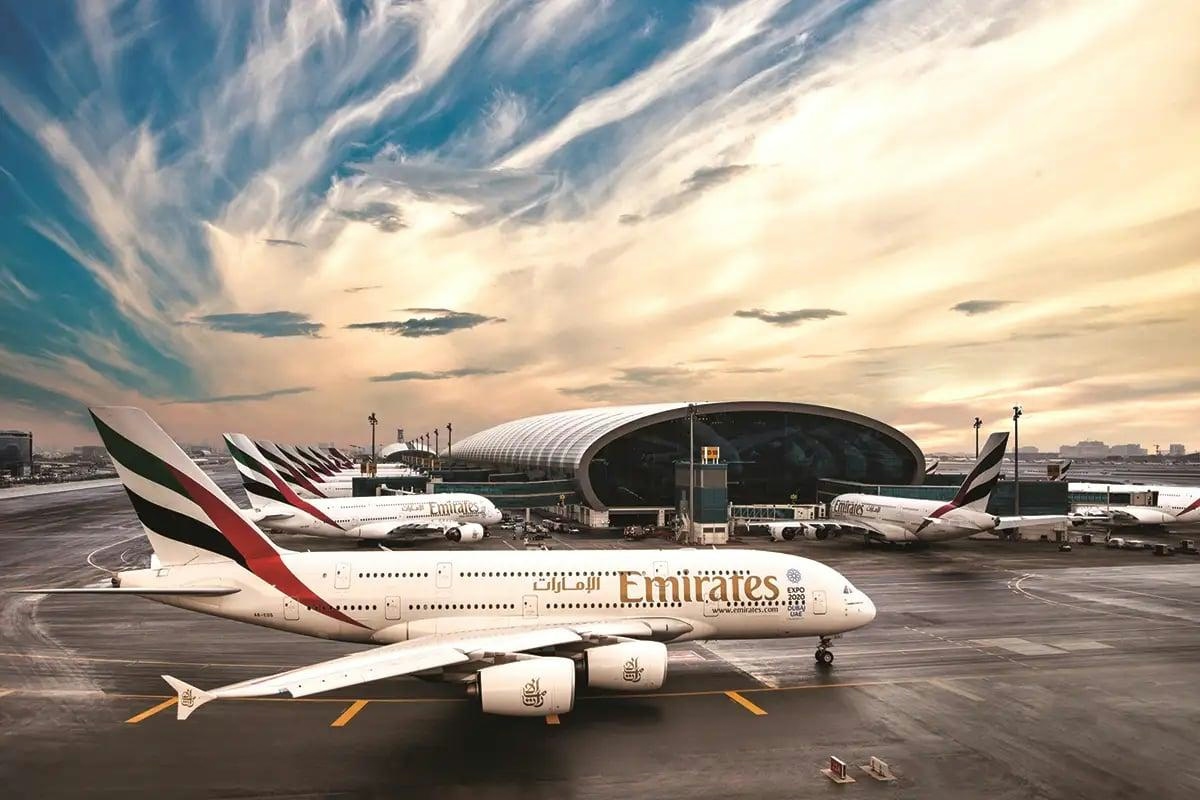
Airline Operated Largest Widebody Fleet in 2025
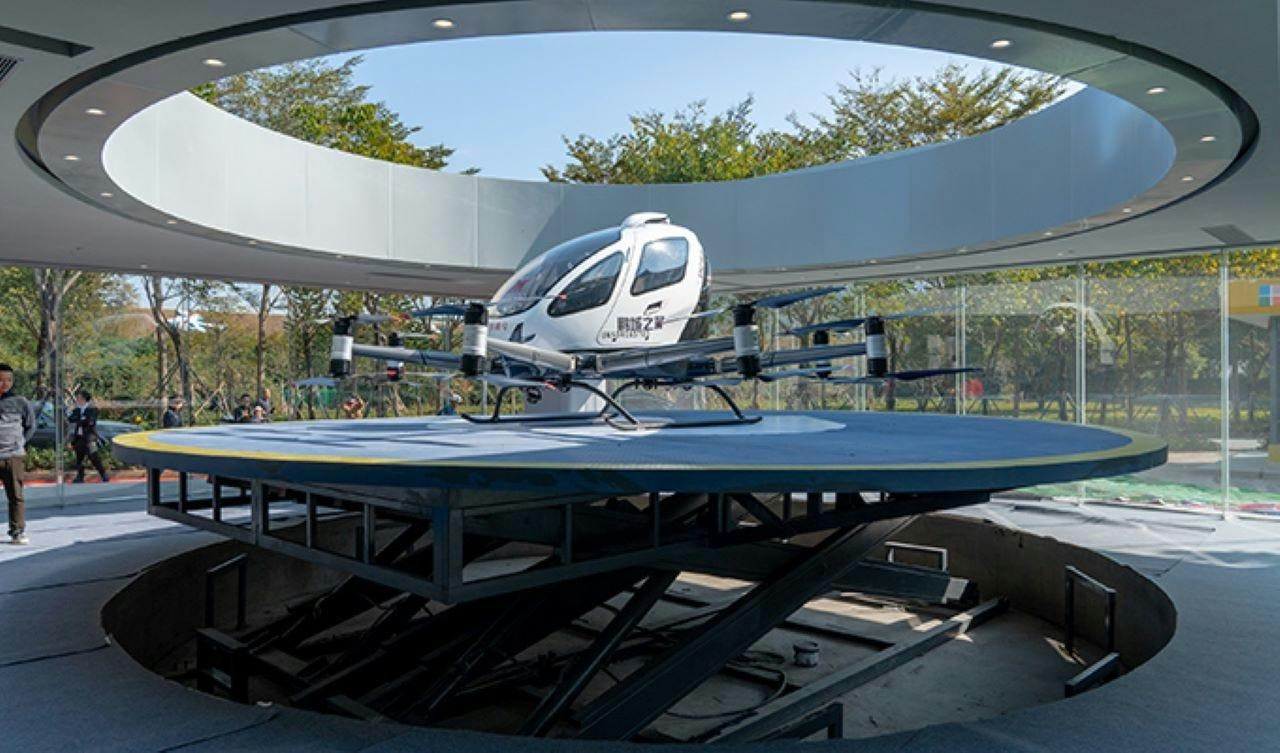
Tel Aviv Plans First Vertiport to Support Air Taxi Services
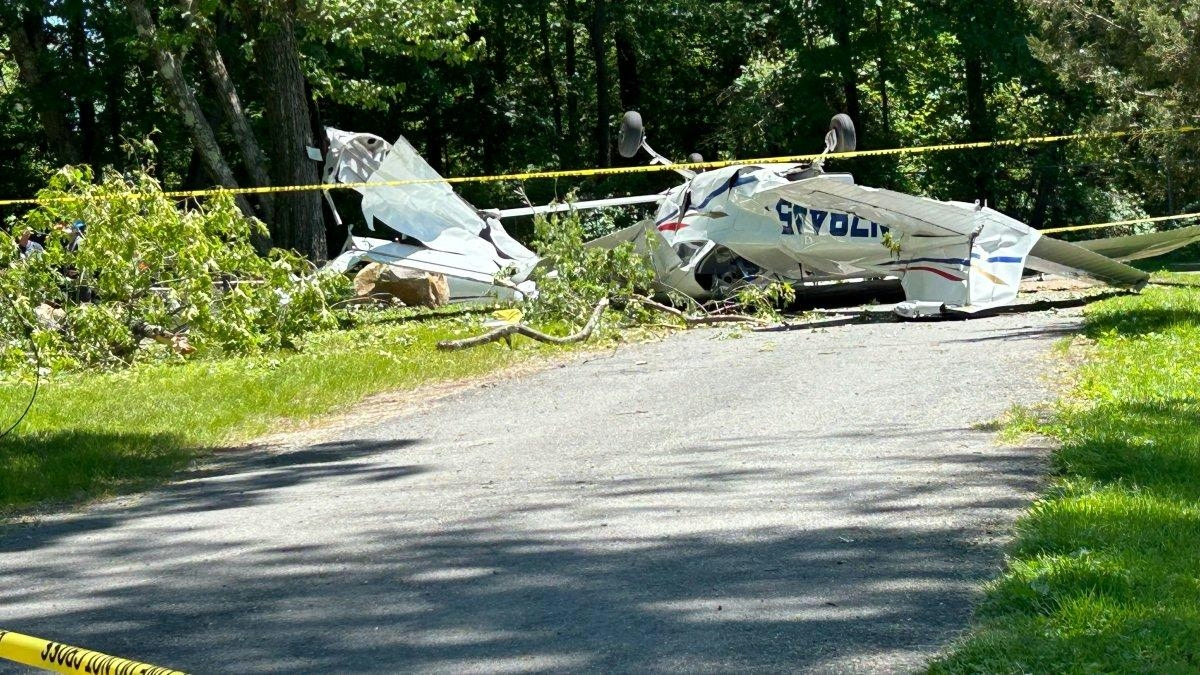
Pilot’s Distress Call Captures Near-Engine Failure Incident
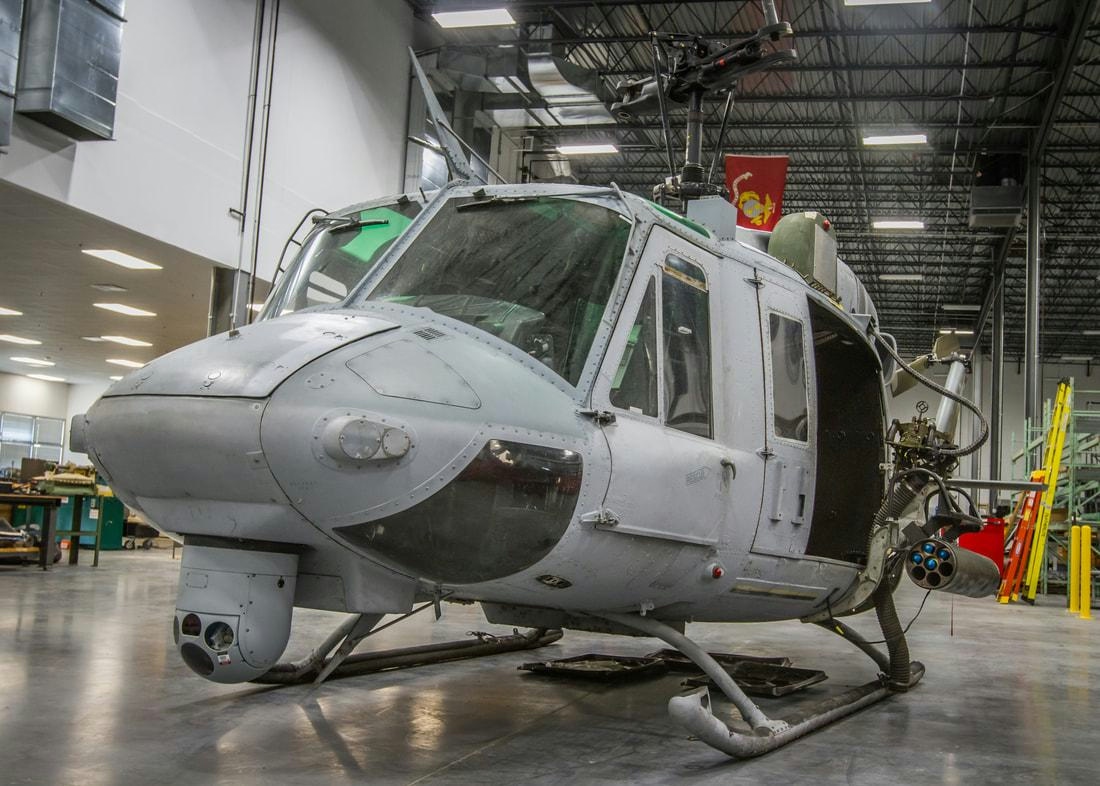
The Small Cold War Helicopter Considered by the Marines for Combat
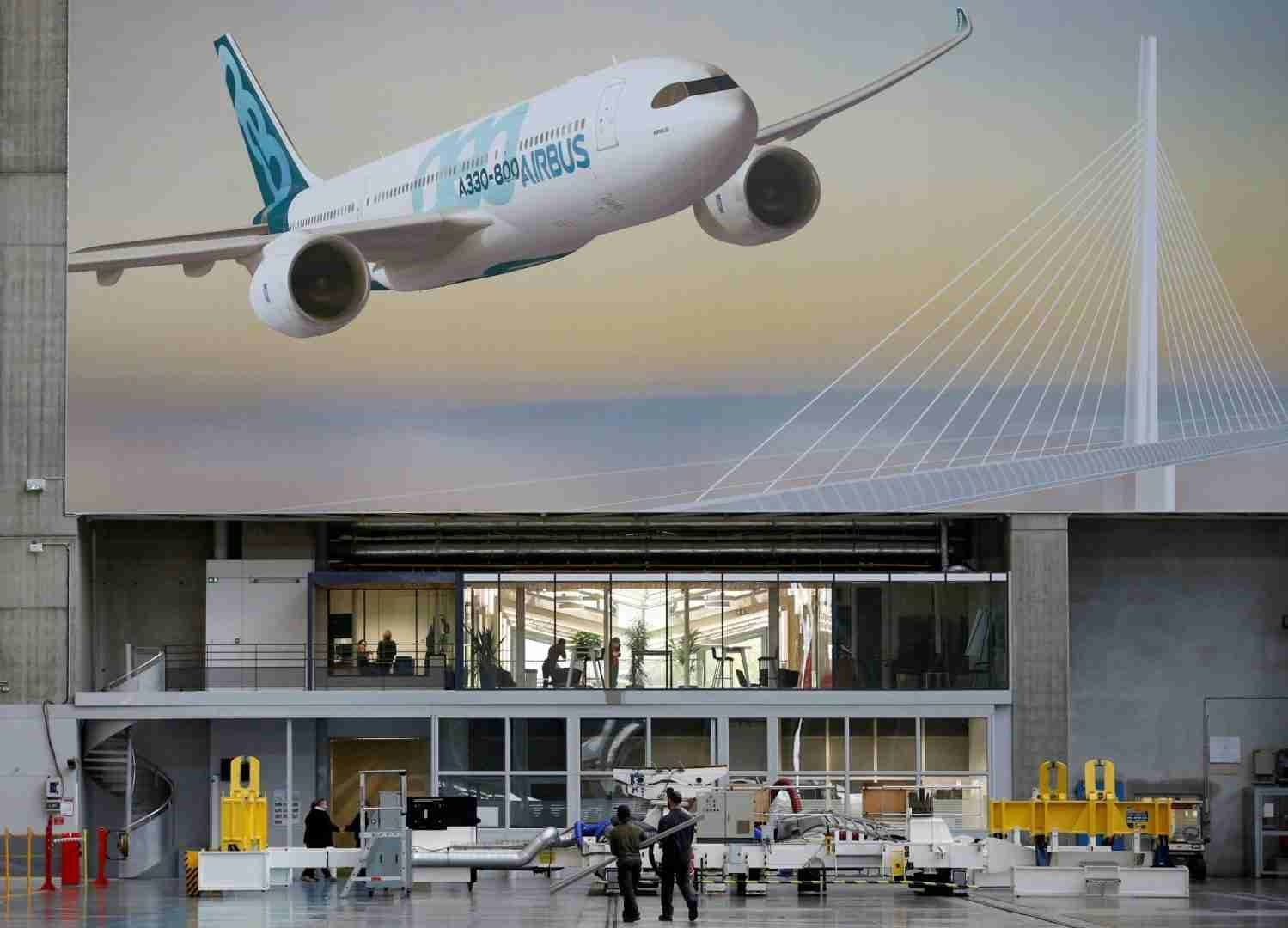
Boeing and Airbus Orders Race in 2025: Who Leads?

Air China Shares Rise After $9.5 Billion Airbus Jet Order
